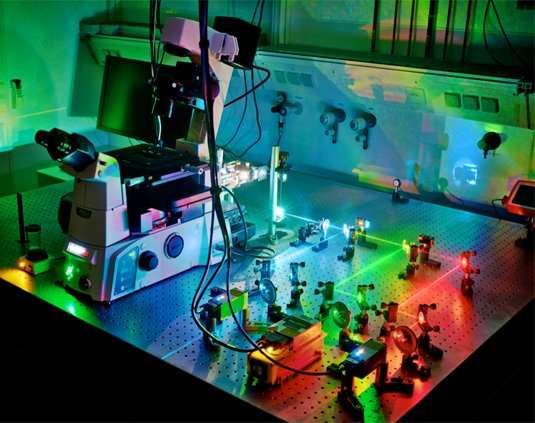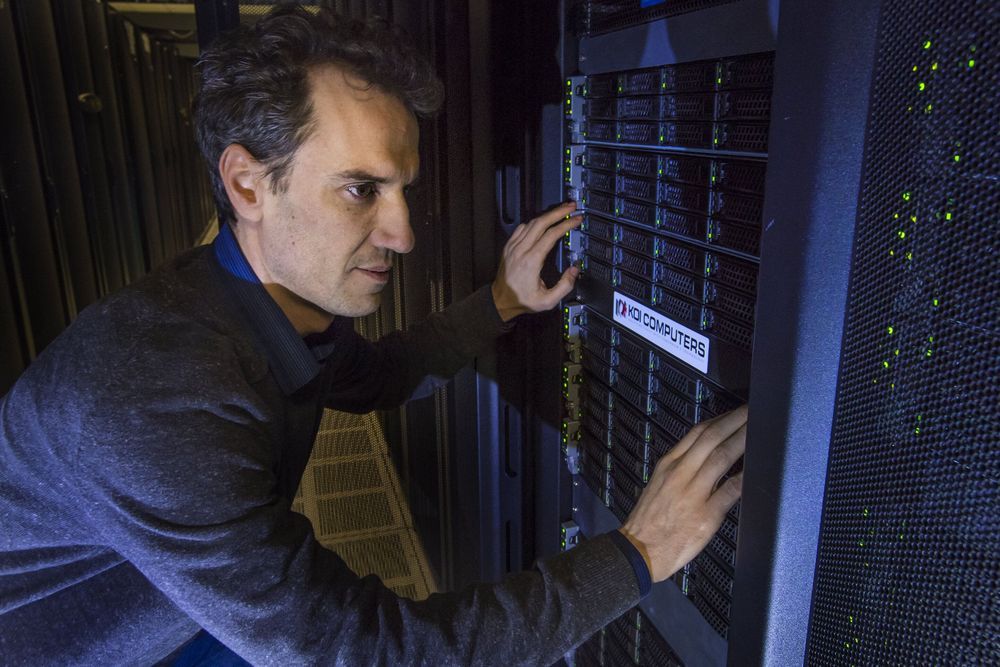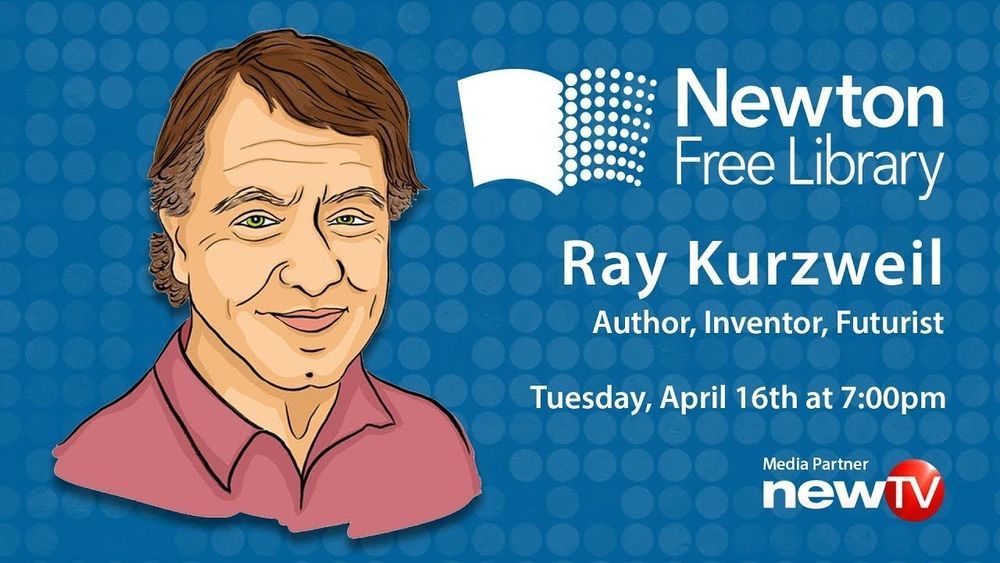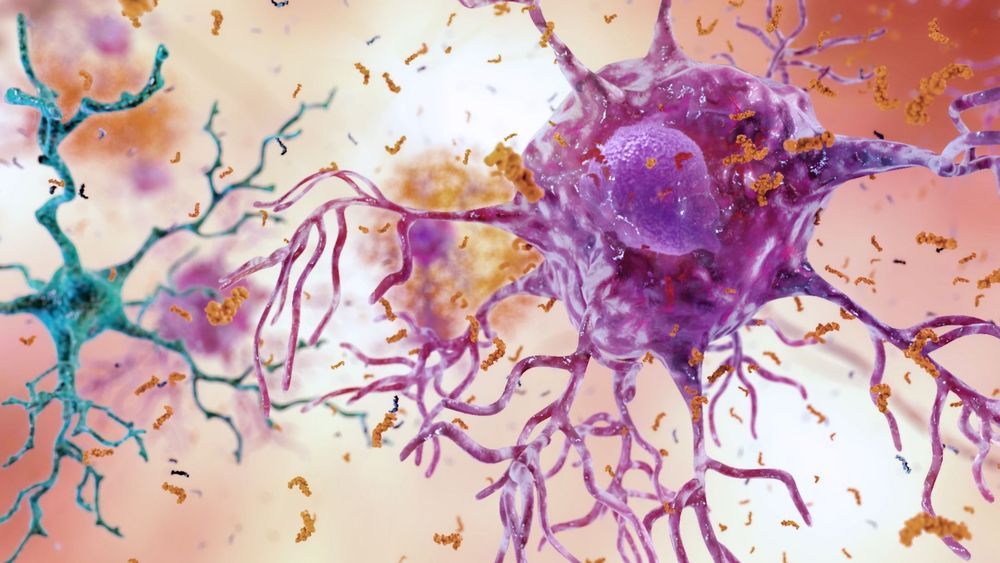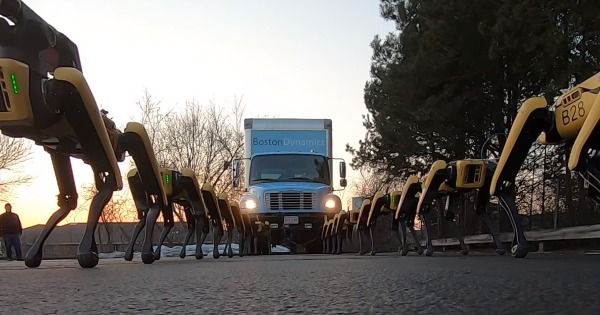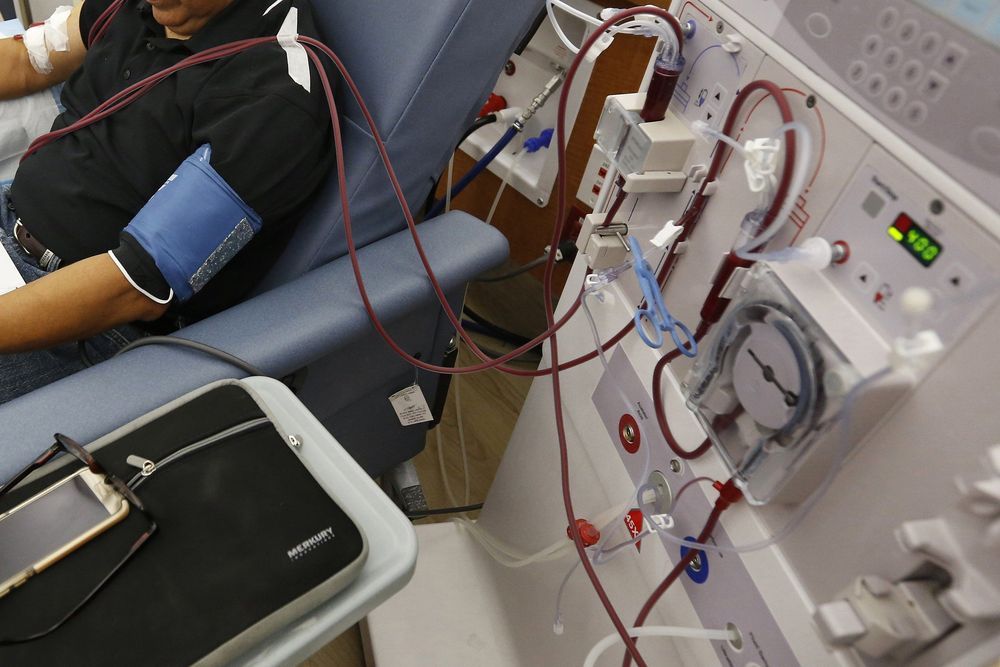O.o.
Biophysicists from Ludwig-Maximilians-Universitaet (LMU) in Munich have used a new variant of super-resolution microscopy to visualize all the strands of a DNA-based nanostructure for the first time. The method promises to optimize the design of such structures for specific applications.
The term ‘DNA origami’ refers to a method for the design and self-assembly of complex molecular structures with nanometer precision. The technique exploits the base-pairing interactions between single-stranded DNA molecules of known sequence to generate intricate three-dimensional nanostructures with predefined shapes in arbitrarily large numbers. The method has great potential for a wide range of applications in basic biological and biophysical research. Thus researchers are already using DNA origami to develop functional nanomachines. In this context, the ability to characterize the quality of the assembly process is vital. Now a team led by Ralf Jungmann, Professor of Experimental Physics at LMU Munich and Head of the Molecular Imaging and Bionanotechnology lab at the Max Planck Institute for Biochemistry (Martinsried), reports an important advance in this regard.
